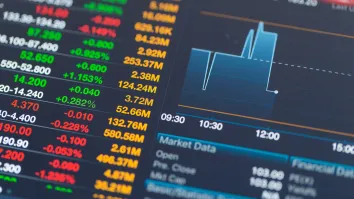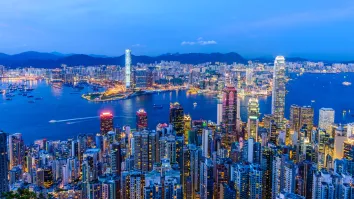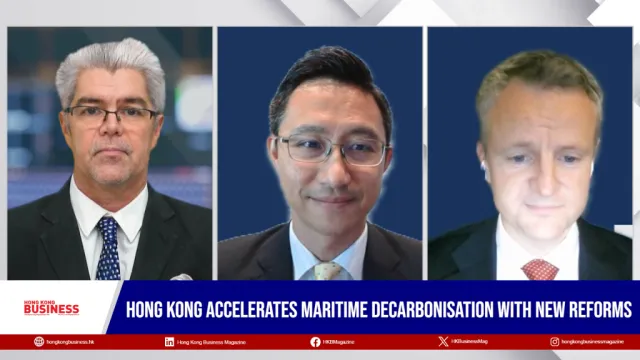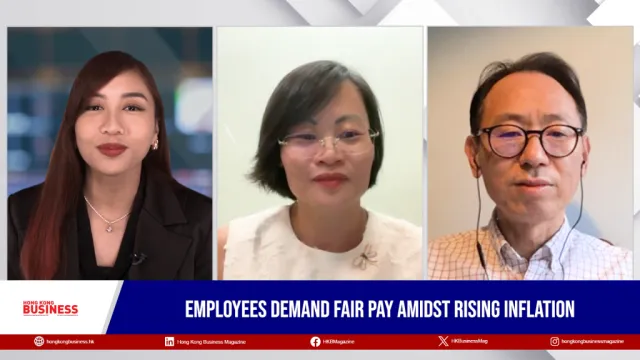Diversification dominates supply chain strategy in Asia Pacific
Supply chain diversification, not nearshoring, is the key focus for manufacturers.
Even with the decoupling from China, Asia-Pacific remains a leading region for relocating offshore production sites. According to Françoise Huang, Senior Economist for Asia Pacific at Allianz Trade, the main focus should be on supply chain diversification rather than nearshoring or reshoring.
"It's important to talk about supply chain diversification rather than nearshoring or reshoring," said Huang. "What we find in our survey is that nearshoring and reshoring are actually quite difficult for companies in Europe and the US due to cost issues and the availability and quality of suppliers at home or near home. It's more easily said than done to reshore, even if it's likely to gradually continue as a trend."
Huang emphasised that Asia Pacific manufacturers and markets hold a strong position in this future trend. "We've already seen increasing investments into Southeast Asian countries since 2022. For example, foreign direct investment going to ASEAN has exceeded that going into China. Countries in Southeast Asia, South Asia, and India are among the preferred options for Western companies looking for new manufacturing locations."
When asked about the main risks manufacturers face with their offshore production sites and supply chains, Huang outlined three primary concerns: "The top risk is anything related to the structure of the manufacturer's supply chains. Respondents in our survey were worried about having too many suppliers or production facilities concentrated in one location, or conversely, a structure that's too complex and difficult to monitor if scattered around many countries."
"The second risk is geopolitics. We know that we are in a year of super elections in Europe, with around 60% of global GDP going to the polls. This was definitely on the top of the respondents' minds," Huang continued. "Thirdly, the risk related to ESG (Environmental, Social, and Governance) factors was also seen as a significant threat to supply chains."
On the topic of decoupling from China, Huang reiterated that diversification, not full decoupling, is the primary strategy. "When we talk about decoupling from China, it's about diversifying. It's not about fully leaving or decoupling from China, at least overall. In our survey, we find that more than 30% of companies intend to increase their investment and supply chain footprint in China, while only 11% plan to decrease it."
Huang further explained the ongoing importance of China in global supply chains. "China still holds a very strong position in the global manufacturing ecosystem. It remains a critical supplier to the rest of the world. For example, nearly half of US imports from China are critical dependencies, meaning they are extremely difficult, if not impossible, to substitute or find alternatives for in the medium term."



















 Advertise
Advertise






Commentary
Hidden licensing hurdles affecting Hong Kong’s biotech ambitions